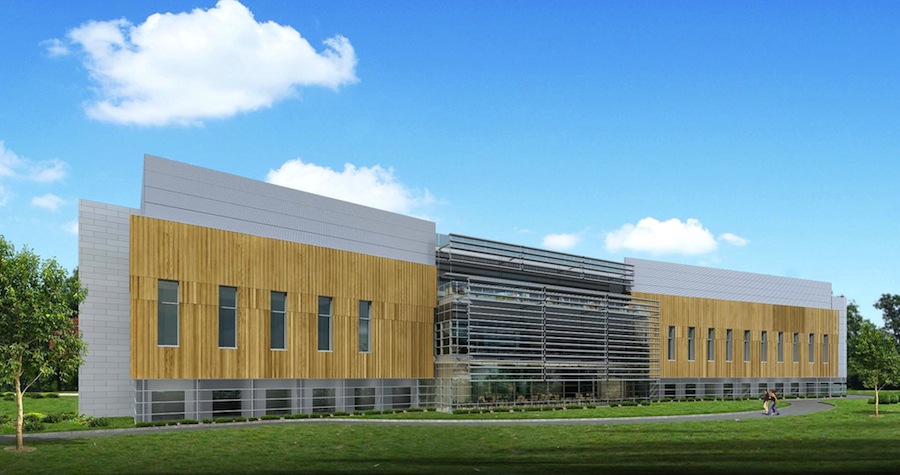The Pirbright Institute is a world leading centre of excellence in research and surveillance of virus diseases of farm animals and viruses that spread from animals to humans.
Working to enhance capability to contain, control and eliminate these economically and medically important diseases, the Institute’s highly innovative fundamental and applied bioscience contributes to global food security and health, improving quality of life for animals and people.
The DQI was used to set design priorities for the project team at the outset. The workshop which engages all project stakeholders enabled the group to concentrate more closely on exactly what they regarded to be the crucial requirements of the building.
Key likes and dislikes from past projects was fed into the requirements dislikes included noise and over-crowding. Key likes included natural lighting and glazed walls.
Due to the nature of the building, future users strongly emphasised the importance of functional internal space, whereby the architecture of the space does not overlook its’ function. This was evident in the results of the workshop with functionality proving most important at 47%, whilst build quality scored 33% and impact 20%.
DQI also contributed to the project achieved the second-highest rating from the Building Research Establishment’s Environmental Assessment Method (BREEAM).
Image source: The Pirbright Institute

